by Mike Haskew
Commonly known as D-Day, the Western Allies invaded Nazi-occupied Europe during World War II on June 6, 1944. The invasion, codenamed Operation Overlord, took place in Normandy on five beaches codenamed Sword, Juno, Gold, Utah, and Omaha. American General Dwight D. Eisenhower led the Allied buildup and execution of Operation Overlord. The invasion included more than 160,000 combat troops and over 5,000 ships and landing craft. Allied air forces engaged in photo reconnaissance, fighter sweeps to ensure control of the air, and strategic and tactical bombing in the hopes of softening German defenses.
[text_ad]
Heavy Fortifications
In anticipation of an invasion in the West, Adolf Hitler directed that a system of defensive fortifications be erected along the Atlantic coast. Construction was advanced in some areas, particularly the Pas de Calais, where the Nazis expected the invasion, but were incomplete. Field Marshal Erwin Rommel took command of the Atlantic Wall defenses in the autumn of 1943, and energized the construction effort. The troops defending the coast of Normandy on June 6, 1944, included crack German infantry divisions and Russian and Polish conscripts pressed into service by the Nazis. One of the fatal flaws in the German defensive scheme was the retention of armored, or panzer, units under the direct control of Hitler. The field commanders, therefore, were unable to commit panzer reserves in time to decisively impact the German defensive effort. This was due in part to the success of Allied Operation Fortitude, which convinced Hitler that the real invasion was coming at Calais even after the obvious commitment of Allied resources to Normandy on June 6.
The Allied plan called for predawn airborne operations conducted by the British 6th Airborne Division and the American 82nd and 101st Airborne Divisions to seize key crossroads, bridges, and exits from the invasion beaches. Following a preinvasion naval bombardment, Allied ground troops were to assault the Normandy beaches, breach the Atlantic Wall defenses, and link up with the airborne troops further inland. The Allies did gain a foothold on the continent of Europe on June 6, 1944. However, the airborne troops were scattered and many missed their drop zones, fierce resistance was encountered by elements of the U.S. 29th and 1st Infantry Divisions at Omaha Beach, and some key objectives, particularly the city of Caen, projected for D-Day, were not achieved. Despite these challenges, Operation Overlord was successful, and 11 months later German forces surrendered.
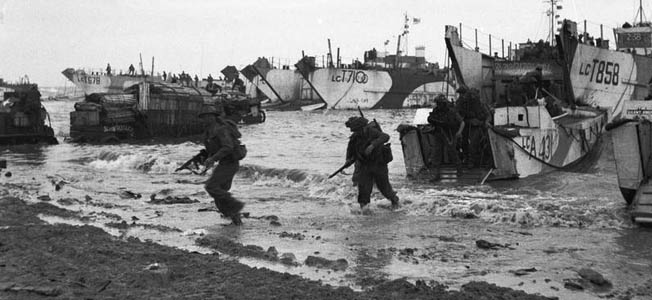
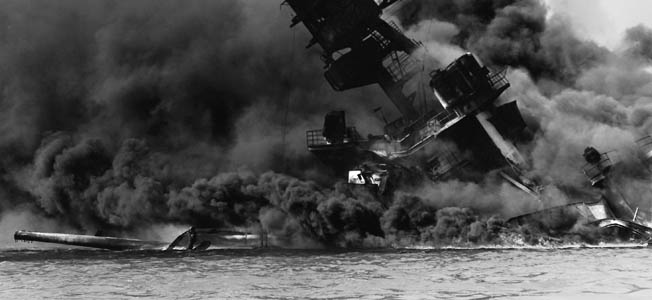

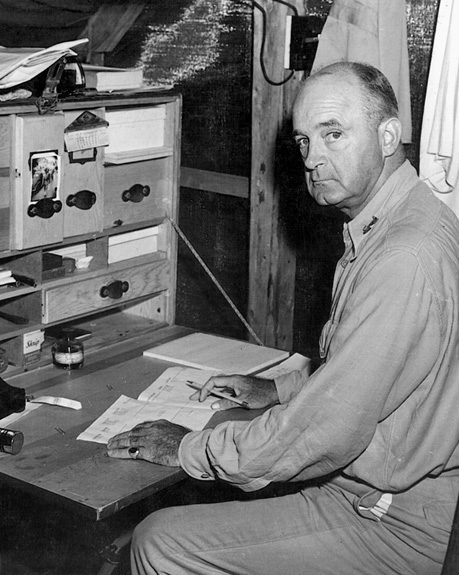



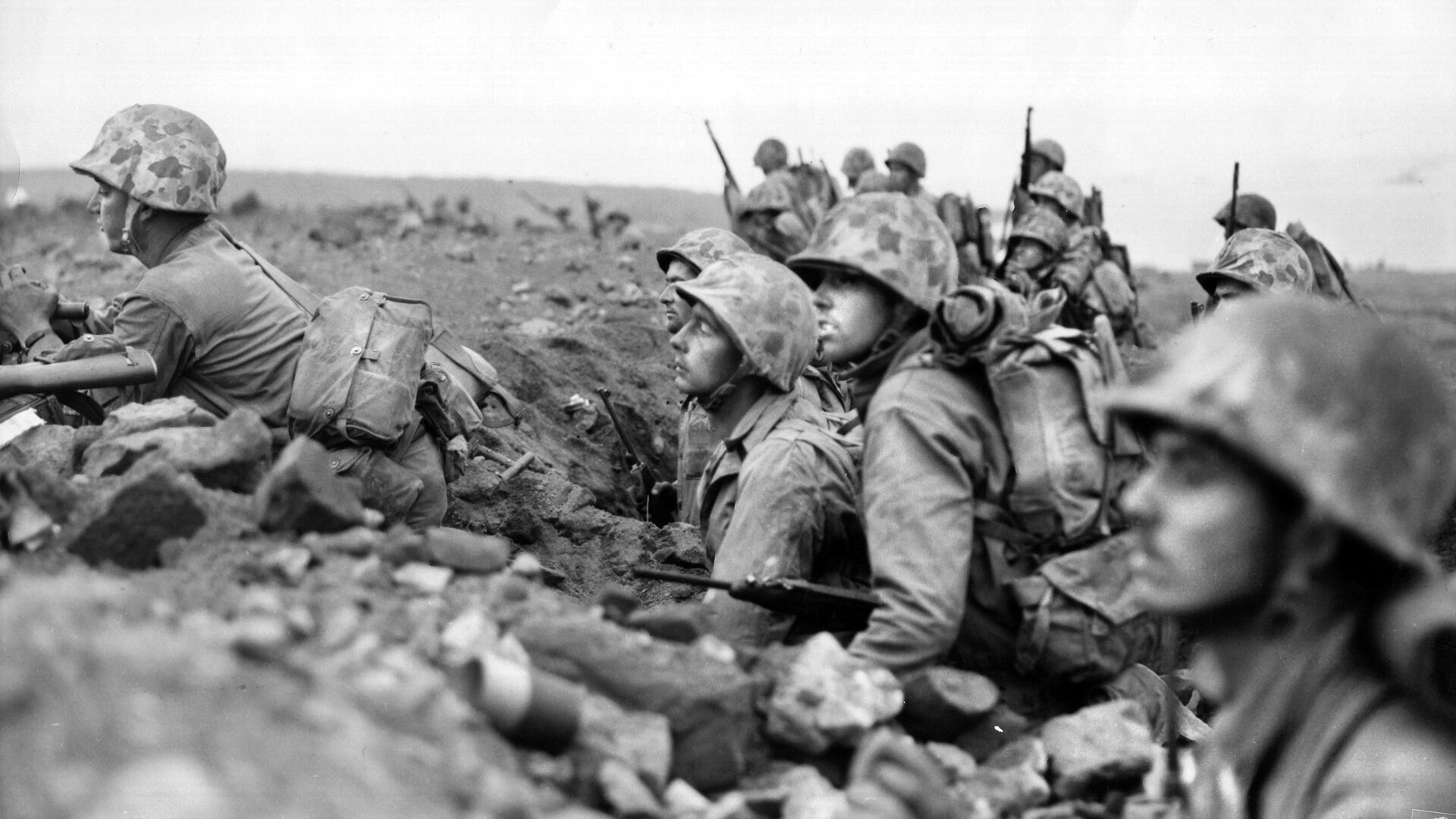
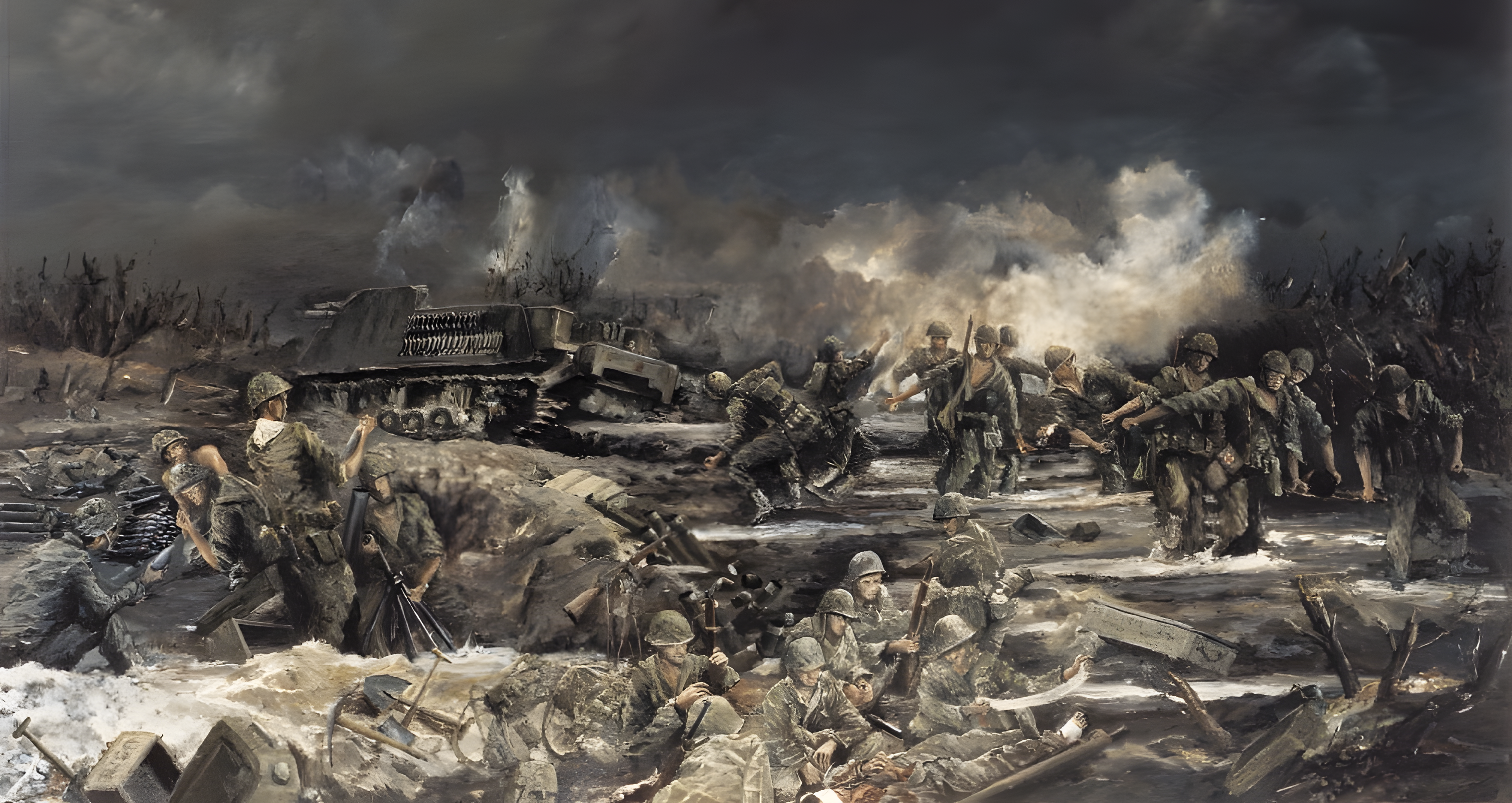
Join The Conversation
Comments
View All Comments